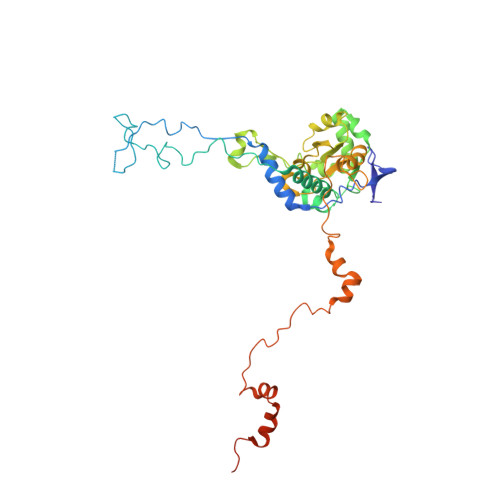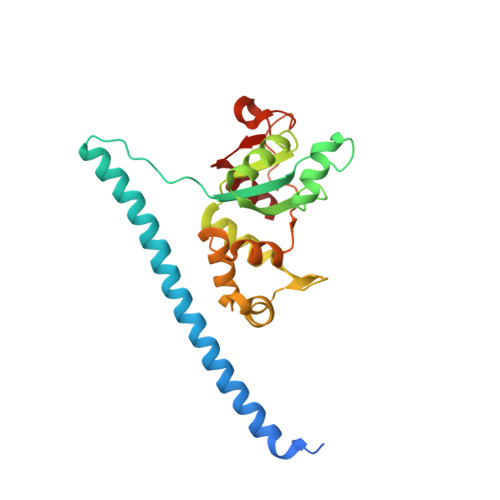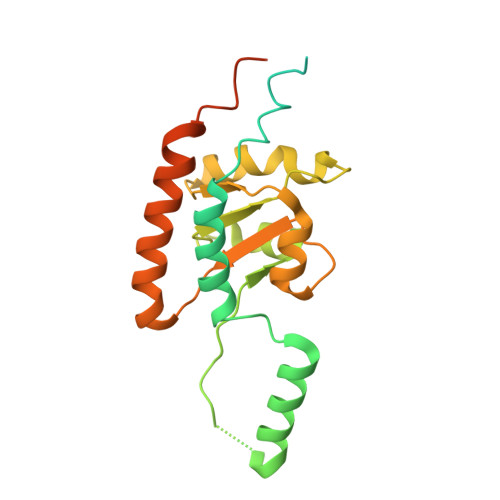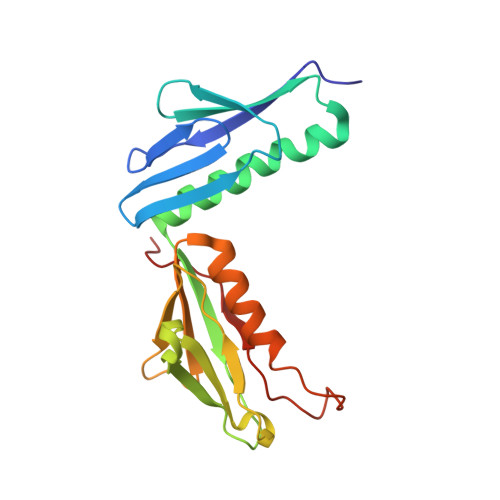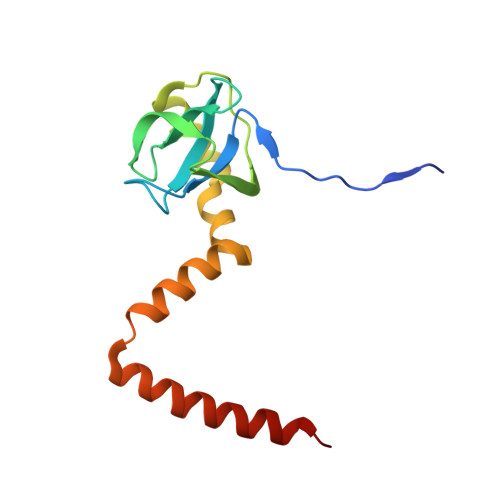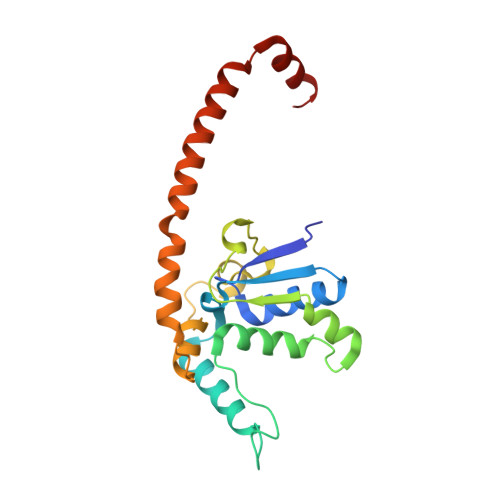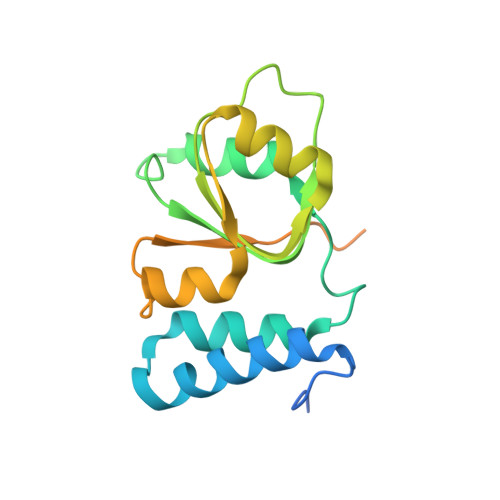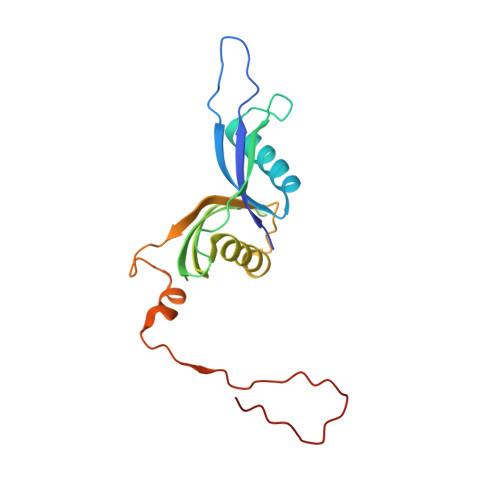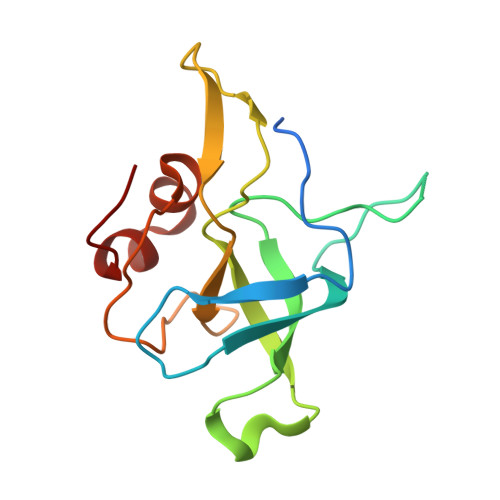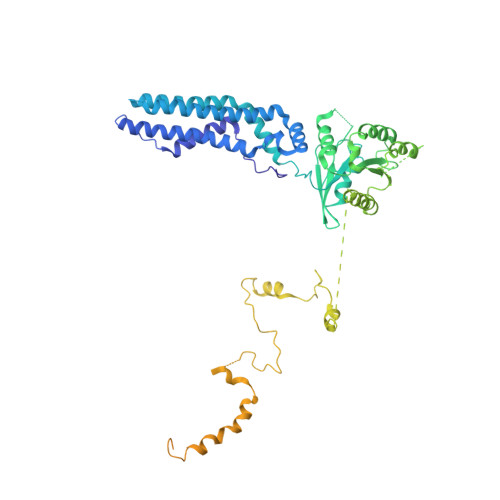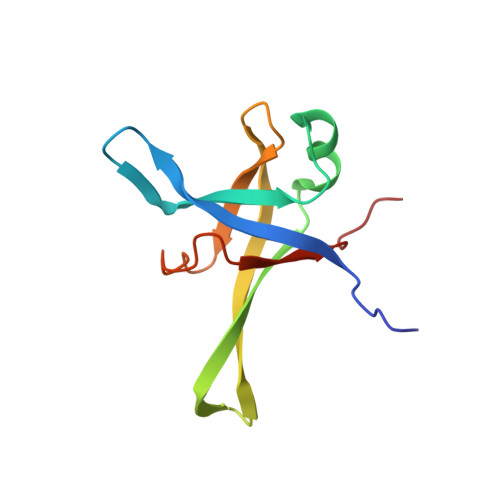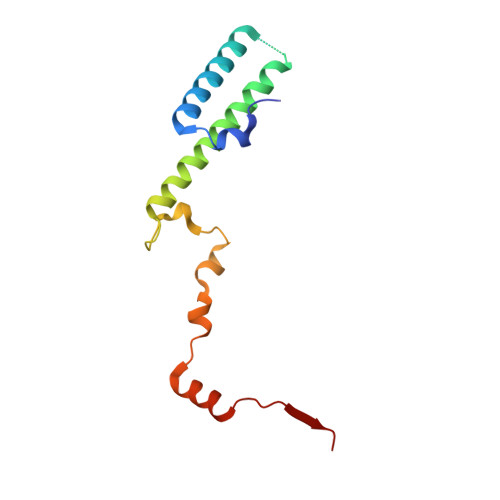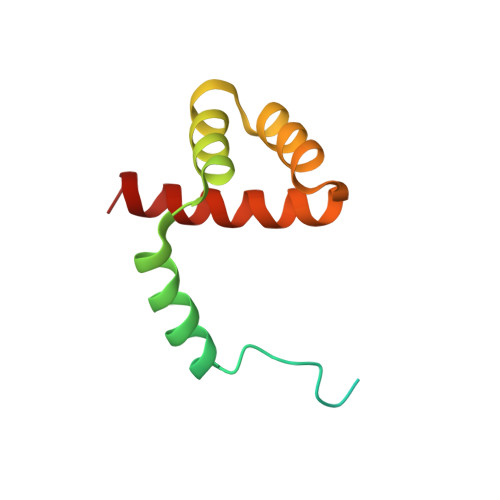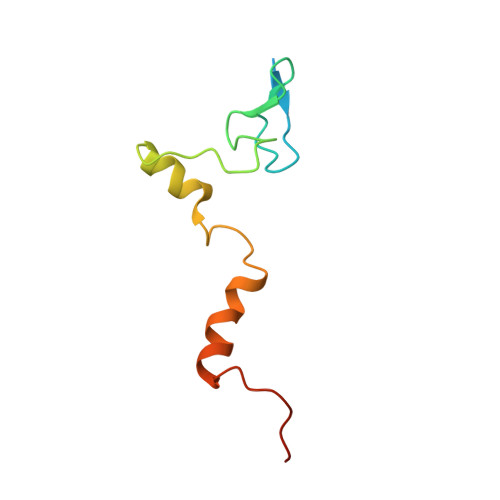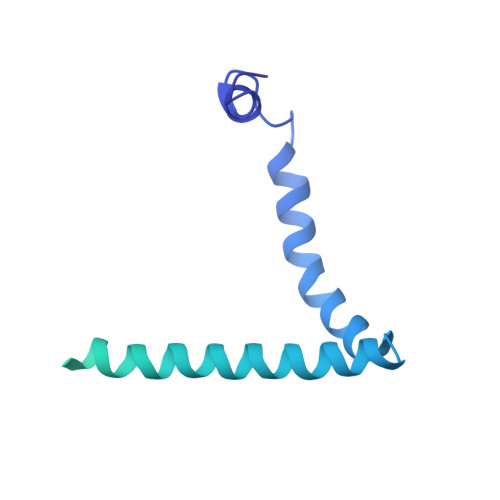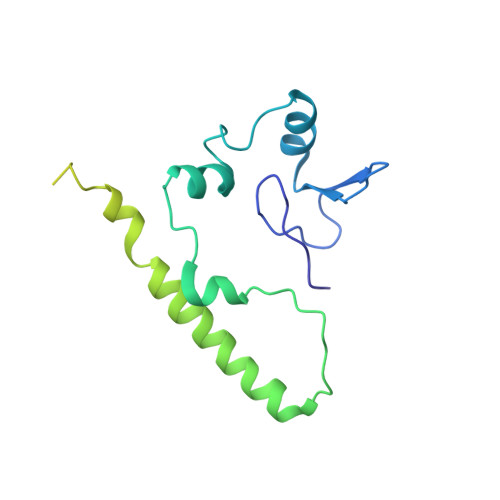Analysis of subunit folding contribution of three yeast large ribosomal subunit proteins required for stabilisation and processing of intermediate nuclear rRNA precursors.
Poll, G., Pilsl, M., Griesenbeck, J., Tschochner, H., Milkereit, P.(2021) PLoS One 16: e0252497-e0252497
- PubMed: 34813592
- DOI: https://doi.org/10.1371/journal.pone.0252497
- Primary Citation of Related Structures:
7OF1, 7OH3, 7OHP, 7OHQ, 7OHR, 7OHS, 7OHT, 7OHU, 7OHV, 7OHW, 7OHX, 7OHY - PubMed Abstract:
In yeast and human cells many of the ribosomal proteins (r-proteins) are required for the stabilisation and productive processing of rRNA precursors. Functional coupling of r-protein assembly with the stabilisation and maturation of subunit precursors potentially promotes the production of ribosomes with defined composition. To further decipher mechanisms of such an intrinsic quality control pathway we analysed here the contribution of three yeast large ribosomal subunit r-proteins rpL2 (uL2), rpL25 (uL23) and rpL34 (eL34) for intermediate nuclear subunit folding steps. Structure models obtained from single particle cryo-electron microscopy analyses provided evidence for specific and hierarchic effects on the stable positioning and remodelling of large ribosomal subunit domains. Based on these structural and previous biochemical data we discuss possible mechanisms of r-protein dependent hierarchic domain arrangement and the resulting impact on the stability of misassembled subunits.
Organizational Affiliation:
Chair of Biochemistry III, Regensburg Center for Biochemistry, University of Regensburg, Regensburg, Germany.









